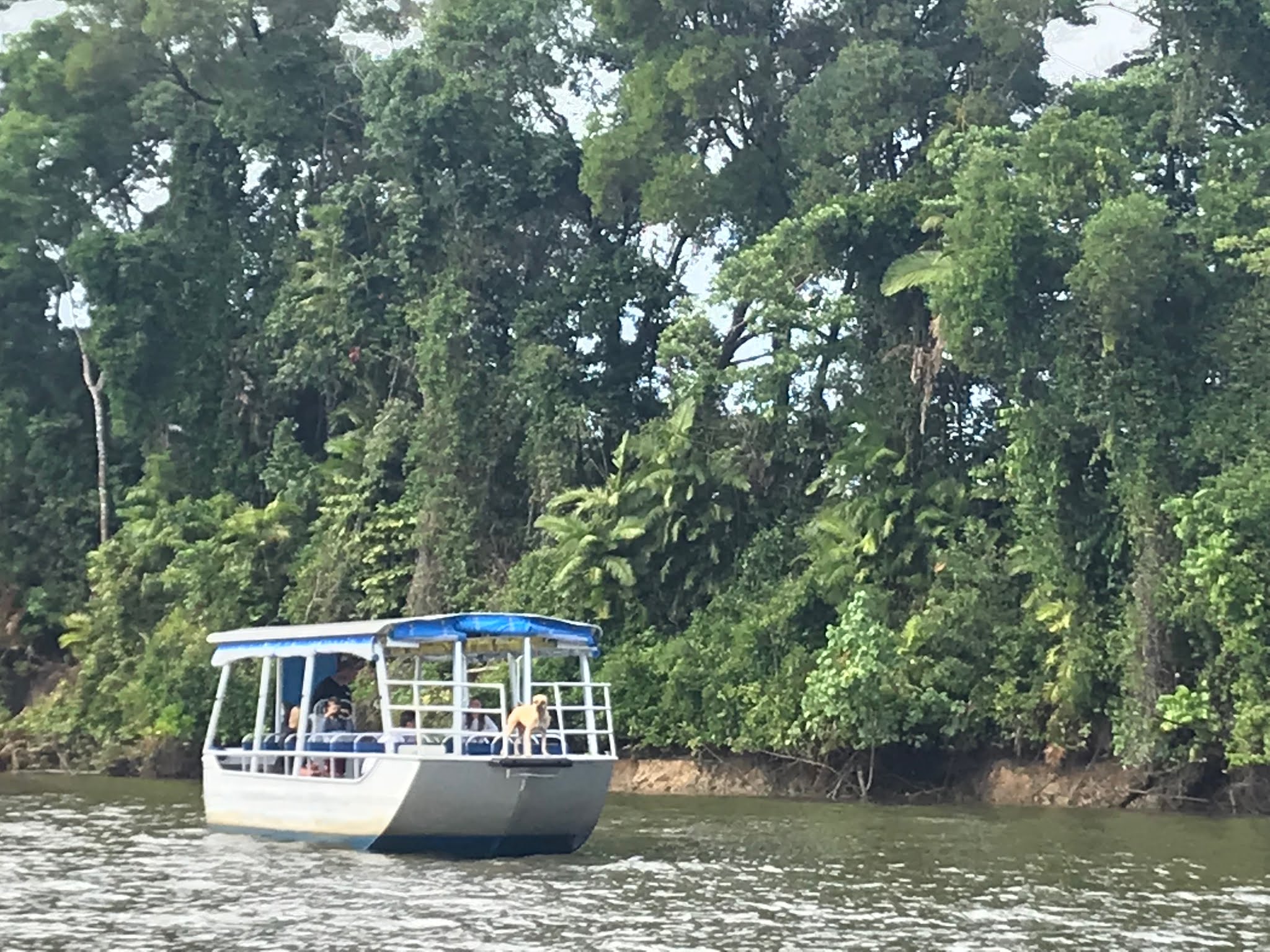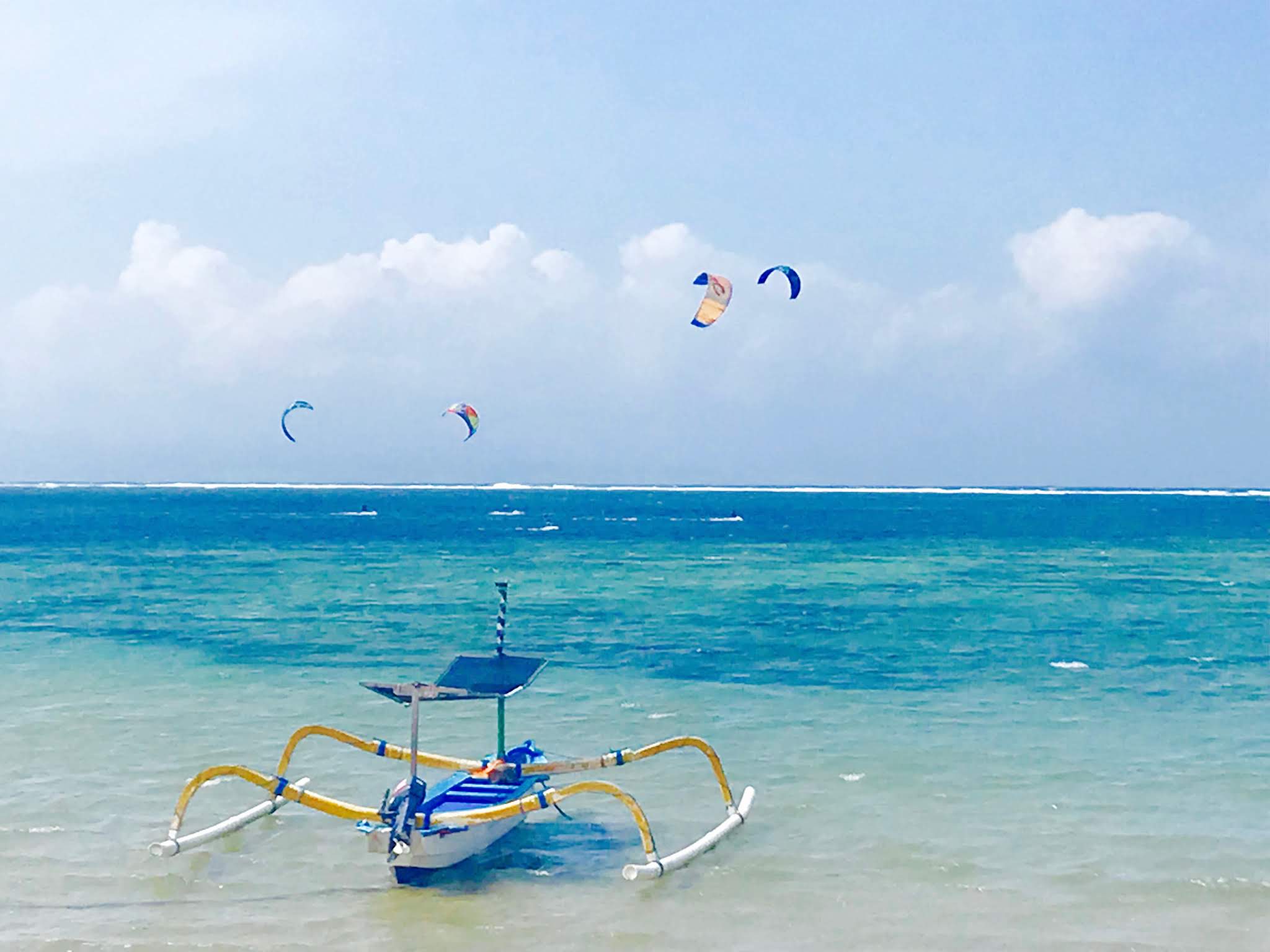The Great Barrier Reef
The great barrier reef stretches across 2,000 kilometers of coastline and boasts one of the richest marine environments in the world, with more than 1,500 species of fish. In the outer reefs, there are several different species of turtles, sharks and mantas and sites made up of coral gardens, pinnacles, bommis, channels and caverns.
I flew into Cairns, a laid-back city on the east coast of Queensland. Cairns was a major port for exporting sugar cane, gold and other metals and agricultural products, and has become a popular tourist destination, serving as a gateway to both the Great Barrier Reef and the Daintree Rainforest. The town is filled with cafes, restaurants, shopping and loads of tour operators, offering everything from diving, snorkeling, fishing, sailing, scenic flights to rainforest walks and sky diving.
Of course, if you get this close to the reef, it’s hard to imagine not taking a peak beneath the surface to explore the stunning coral and marine life. I spent three days on Ocean Quest, a liveaboard that visits Norman, Saxon and Hastings reefs.
Since Ocean Quest lives on the reef, we started the journey on a speedboat, made a couple dives, and then transferred over to Ocean Quest. The schedule was literally eat-sleep-dive, as there were opportunities to do both sunrise dives and night dives, making it so you could get in five dives in a day! I initially was worried about getting tired of diving, but each dive was so unique, I couldn’t wait to get back in the water. I also found having delicious meals served to you on a set schedule and being surrounded by wonderful people made for an amazing experience.
Ocean Quest offers guides as a paid service, but I decided to try diving with a buddy instead. I had a great set of buddies making it a ton of fun to review the reef map, make our own plan and go explore the reef.
Overall, it was fairly simple to navigate the reef, and on one time that we got a bit lost and surfaced 200 meters from the boat, there was “boat uber” — the crew sent out a dingy to pick us up!
Every aspect of the liveaboard was a wonderful experience. Highlights included:
- Sunrise diving: as much as waking up around 5:30am may sound painful, diving pre-breakfast is pretty special as the reef is just waking up as well.
- Minkes: It was Dwarf Minke whale season and we were lucky enough to swim with the whales!
- Fluoro: Fluoro diving is a technique, actually designed for scientists who are studying the health of the coral. We had the opportunity to use these special torches and mask filters during a night dive to see the underwater landscape glow in gorgeous fluorescent colours.
- Sharks: While we saw a number of reef sharks, we spotted a leopard shark, which was super cool.
- New friends: a special shout out to my dive buddies Arseniy, Martin and Estelle and my roomie, Terry for making this trip extra special.
Ocean Quest left me wanting even more diving. Therefore, following the liveaboard, I made my way up to Port Douglas to explore the ribbon reefs with Poseidon. Agincourt reef is about 70 kilometers northeast of Port Douglas on the very outer edge of the reef, making for great visibility and biodiversity.
While the Great Barrier Reef steals the show, Queensland is also home to another UNESCO World Heritage Site: The Wet Tropics. This dense, lush region is filled with sandy beaches, rugged mountains and ancient rainforest.
We took a cruise along the Daintree river, which was a great way to learn about the wildlife environment and see a number of estuarine crocodiles.
After the cruise, we walked through the rainforest and then continued to Alexandra lookout, a viewpoint looking out over the Daintree, snapper island and beyond to the Coral Sea.
And eventually, we made our way up to Cape Tribulation beach, where the world’s oldest rainforest
collides with the reef. This day was a perfect way to spend more “no-fly” time post-diving.
Before it was time to head out, I had to make one last visit to see the koalas. While they can be seen in a number of places across Australia, Queensland is the only region where you are allowed to hold them. So before heading out, I cuddled a koala!

























